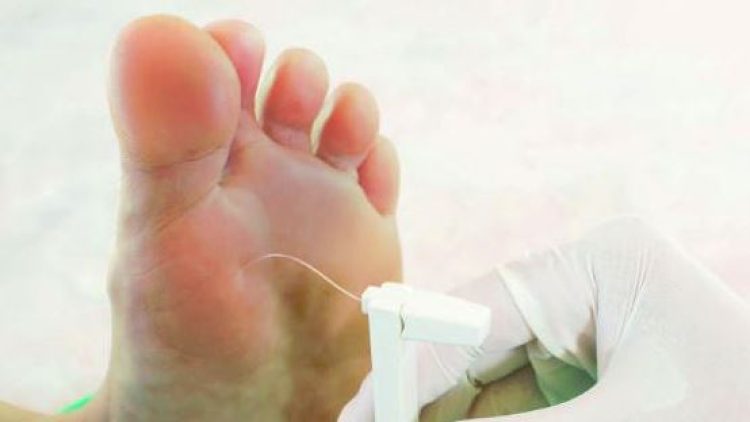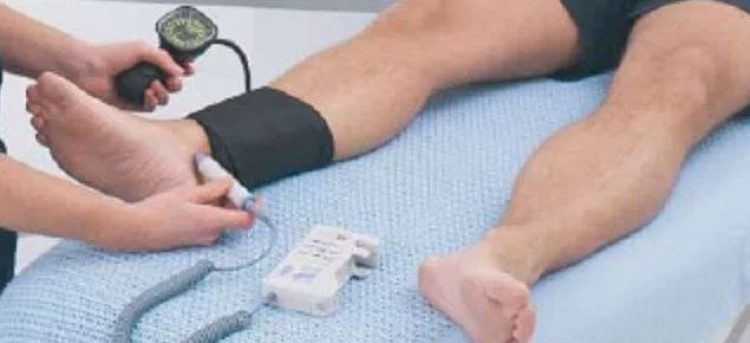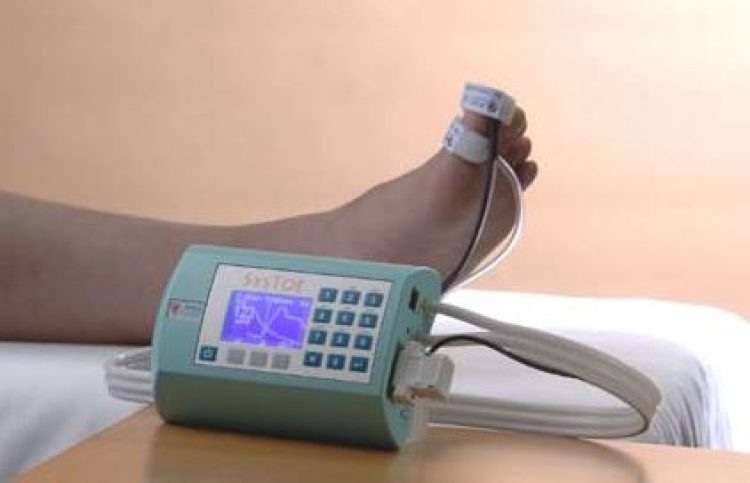Speaking to another amputee can make a real difference to your recovery and ease your concerns. We call this type of assistance Peer Support.
Following surgery, you will need time to recover. It is also a time to set goals about your journey ahead. Here, we help to guide you through the process to navigate your pathways forward.
Effectively managing your short and long term health will lead to better outcomes and prevent future problems.
Getting the right kind of prosthesis to suit your lifestyle needs and daily level of activity is important.
People are often concerned about the costs involved in getting a prosthesis. In Australia, there are a number of different funding schemes and it can be easy to get confused and to know what you are eligible for.
Research and evaluation
In this article visit some of the important information about foot problems and self-care then explain what is involved when a podiatrist assesses ‘high risk’ feet.
Diabetes- the most common cause of foot and lower limb amputations It is estimated that up to 85 amputations are caused by diabetes every week in Australia.
Australia has one of the highest rates of diabetes-related amputations in the developed world and this rate has increased over the last decade1 , with diabetes-related amputations accounting for up to 60% of all amputations.
A high risk foot is a foot at higher risk of amputation. People with high risk feet usually have decreased sensation due to peripheral neuropathy (nerve damage). Peripheral neuropathy can be of two main types- sensory and motor3. Sensory neuropathy affects the sensory nerves and can produce numbness, tingling or even increased sensitivity and pain in the feet. Motor neuropathy affects the nerves that control the muscles and can lead to muscle weakness, which in turn can produce deformity of the toes and feet.
Diabetes can also cause peripheral vascular disease (PVD)3. Peripheral vascular disease can result in reduced blood flow to the feet and legs which can cause pain in the feet or legs with walking or even when at rest. People without diabetes can also develop PVD, particularly when there is a history of smoking. The rates of peripheral neuropathy and PVD increase with age and duration of diabetes and people can have one or both of these conditions.
The High Risk Foot, injury and amputation risk The combination of foot injury plus high risk factors can lead to a pathway to ulceration, infection and amputation. We know that at least three quarters of amputations are preceded by ulcers and it is thought that in cases of a major amputation, the remaining limb is susceptible to extra pressure and subsequent injury.
The key to preventing amputation is to identify the risk factors, prevent injury to the foot, better manage injuries if they occur and prevent ulceration and infection.
Everyone with diabetes should have an annual foot check by a podiatrist, doctor or other trained health professional. If you have high risk feet a check-up at least every 3-6 months is recommended.
A podiatrist will usually ask questions about your general health, diabetes control, smoking history and history of foot problems as part of a foot check. Next, the podiatrist will perform some more detailed assessments of your feet, including testing for neuropathy, PVD, checking footwear and foot deformities and identifying areas of the foot at risk of tissue breakdown e.g. callouses.
One of the most widely recommended tests for neuropathy is the monofilament test. When people can’t feel the monofilament they will not be able to detect a foot injury in that area of the foot.

The podiatrist will check circulation in the feet. Sometimes this will involve using the Doppler ultrasound to measure the blood pressure at the ankle and the arm. This allows an ankle-brachial index or ABI to be calculated. The ideal ABI is 1.0, which means there’s no drop in blood pressure at the ankle and hence no damage to the large arteries in the leg/ankle.

If the podiatrist requires more information about blood flow below the ankle they may use another test called photoplethysmography or PPG. This test can detect the blood flow to the skin by placing a sensor on the toes. A Toe-Brachial Index can be determined - TBI, similar to the ABI.

After conducting the high risk foot assessment, the podiatrist will provide advice about caring for your feet tailored to you from the findings from your tests. They will recommend a daily self-care routine. Go to care4feet.org.au today for great tips you can use in your foot care routine.
Dr Reed is director of podiatry at the FootMotion podiatry clinic in Brisbane and an Associate Professor of Podiatry at the Queensland University of Technology.
References.
1. Lazzarini P, Gurr J, Rogers J, Schox A, Bergin S. Diabetes foot disease: the Cinderella of Australian diabetes management?. Journal Of Foot And Ankle Research [serial online]. October 1, 2012;5(1):24. Available from: MEDLINE, Ipswich, MA. Accessed April 1, 2016.
2. Lazzarini P, O’Rourke S, Russell A, Clark D, Kuys S. What are the key conditions associated with lower limb amputations in a major Australian teaching hospital?. Journal Of Foot And Ankle Research [serial online]. May 30, 2012;5(1):12. Available from: MEDLINE, Ipswich, MA. Accessed April 1, 2016.
3. Australian Institute of Health & Welfare (AIHW): Diabetes: Australian Facts 2008. 2008, Canberra: Australian Govt.
Accessed 1st April 2016.
Keep up to date with our latest news, events and information
